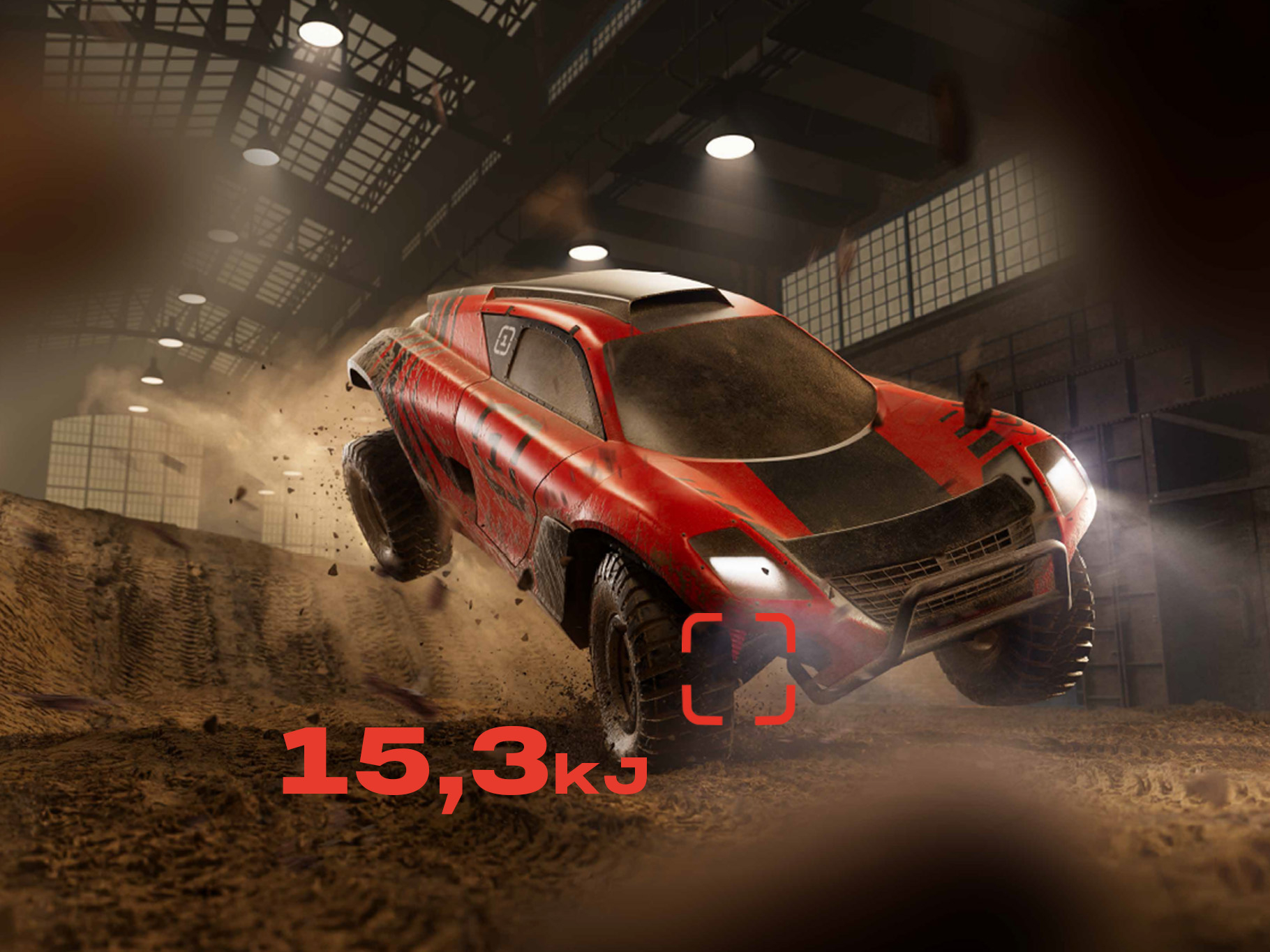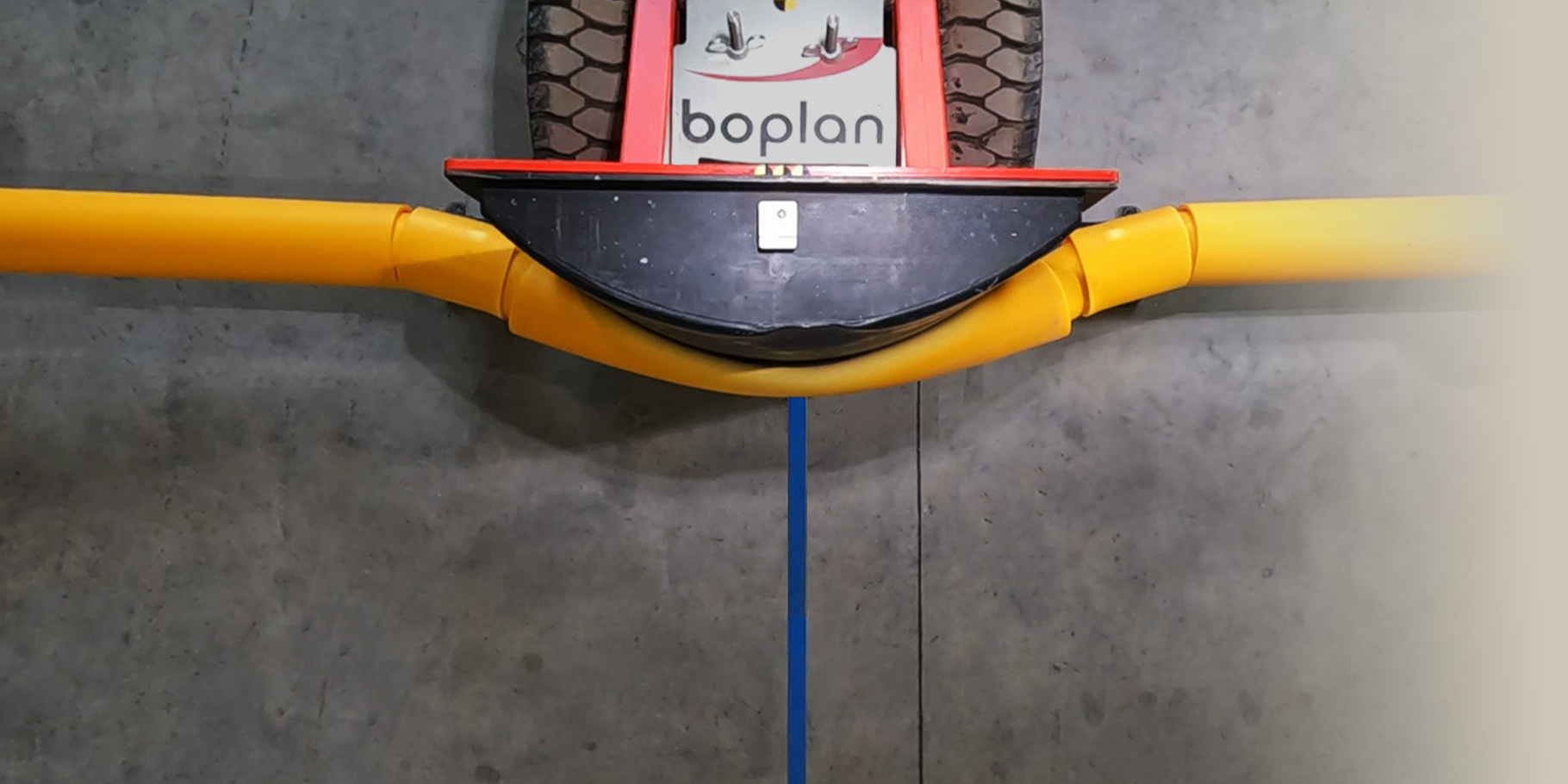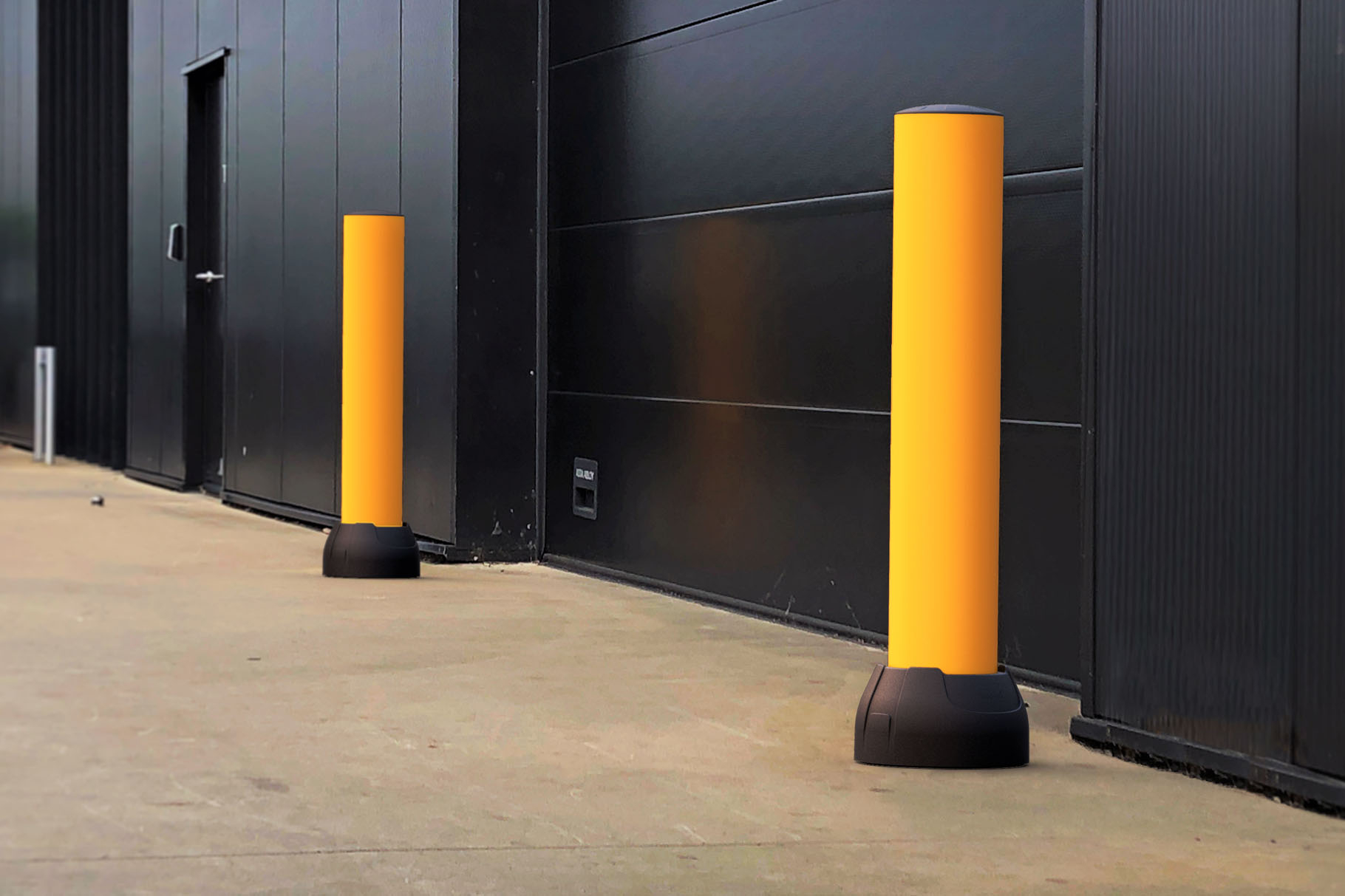Joule makes impact resistance tangible
The joule is a basic unit of physics and provides a perfect way to quantify energy in everyday life. That is why we use this unit to convey the impact resistance of our FLEX IMPACT® safety products.
JOULES FOR BEGINNERS: WHAT IS A JOULE?
Simply put, the joule is the unit of energy used to measure the amount of work or energy required to do something. It tells you how much energy is used, transferred, or converted in a given situation.
We can illustrate this with a few examples:
- Lifting an object: Imagine yourself lifting a book off the floor and placing it on a shelf. We measure the energy used to lift the book in joules.
- Heating water: If you heat water on a stove or in an electric kettle, we measure the energy used to raise the temperature in joules.
- Running: When you run or walk, you convert the energy stored in your body into kinetic energy. We measure this energy in joules.
How it works
How do our safety products absorb energy?
When a forklift hits an obstacle, a certain amount of energy is transferred to that obstacle. To stop the forklift, the obstacle must exert a force over a certain distance.
For a very rigid obstacle, such as a steel or concrete pole, this force will be enormous and the forklift will be stopped in a very short distance. The enormous force will damage both the forklift and the obstacle. With a more flexible obstacle, the force is less and the distance over which the forklift is stopped is greater.
Here's an example to illustrate this. Someone is throwing an egg and you want to catch it without breaking it. Then you will move your hand in the same direction as the egg is falling to give it a soft landing. This movement reduces the force as it is applied over a greater distance.
Our safety products work in exactly the same way. In a collision, they bend with the impact, absorbing the force of the impact. After the collision, they return to their original position.
HOW DO WE CALCULATE THE IMPACT ABSORPTION VALUES OF OUR SAFETY PRODUCTS?
We measure the impact absorption of our safety products in joules. This makes it easy to compare products and choose the impact absorption value you need.
The impact absorption value varies depending on the angle of impact. We measure the impact values of our products at three different angles: 20°, 45°, and 90°. Use the Impact Calculator to determine what product you need based on the (unloaded) vehicle's weight and speed and the angle of impact. You can find the Impact Calculator on the details page of every product.
AN IMPACT ABSORPTION VALUE OF 24.1 KJ: WHAT DOES IT MEAN ?
The world’s strongest polymer bollard
Have you ever had to push a car? If you have, you know how much effort it takes to get it moving.
Our FLEX IMPACT® BO250T bollard has an impact absorption value of 24,100 J or 24.1 kJ at a height of 0.61 m. To stop our 4,000 kg test vehicle at an impact value of 24.1 kJ over a distance of 0.5 m, our BO250T generates a counterforce force of 48,200 N or 4,820 kg, which is equivalent to the force of 120 people.


